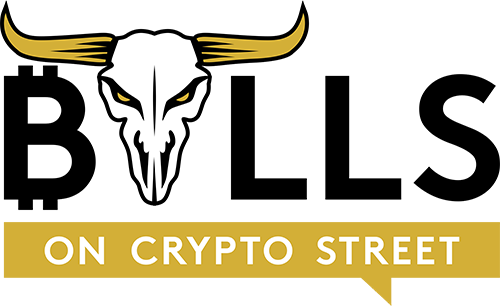The global ledger where every transaction of bitcoin that has ever happened is recorded. The complete ledger is well over 100 GB in size, and is growing every day. Bitcoin does not have a central authority to update the ledger and to ensure its accuracy, so the ledger is kept up to date by trustworthy individuals across the world.
A blockchain is a digitized, decentralized, ledger of all cryptocurrency trades. Consistently growing as ‘finished’ cubes (the latest trades) are recorded and added to it in chronological order, it enables market participants to keep tabs on electronic money transactions without fundamental recordkeeping. Every node (a computer linked to the system) has got a copy of the blockchain, which can be downloaded automatically.
A cube is the ‘present’ section of a blockchain, which lists a few or all of the transactions that are current. Once done, a block enters the blockchain as a database that is permanent. Every time a block becomes finished, there is a new one created. There’s a countless number of these blocks from the blockchain, attached to each other (such as links in a sequence) in appropriate linear, chronological arrangement. Each block includes a hash of the block. The blockchain has details regarding their accounts and user speeches right into the block that is recently finished in the genesis block.
The blockchain is Bitcoin’s main invention. Bitcoin is not controlled by a central authority. Its customers affirm and dictate transactions when one person pays another for services or goods, eliminating the need for a third party to store or process obligations. The transaction that was finished is listed into cubes, and then finally to the blockchain, where it is confirmed and relayed by Bitcoin users. Normally, a new block is appended to the blockchain each 10 minutes, via mining.
Imagine you are playing poker with a group of people without any chips, and no one has any money on them. In order to keep track of all the transactions, everyone writes down on paper how much they are betting, who wins, and who lost x amount of money. At the end of every hand, everyone compares what they wrote down that hand to make sure everyone has the amount of money they are supposed to have. The list of transactions grows significantly as the game progresses. Each page you fill up with the written transactions can be thought of as a block of transactions. Eventually you will have pages and pages of transactions, which will become a chain of those blocks (why the global ledger for Bitcoin is called blockchain).
There are thousands of people separately maintaining the bitcoin blockchain. For Bitcoin, picture the same metaphor, except at this poker table there are millions of people. Some of these people are just exchanging money, but lots of volunteers are keeping ledgers to ensure everyone has the amount of money they are supposed to have. When you want send or receive money, you have to announce it to everyone at the table, so the people keeping track of the ledgers can keep them up to date and accurate.
Originally designed as the bookkeeping way of the digital money Bitcoin, blockchains are emerging in an assortment of commercial uses now. The technology is utilized to confirm transactions, within monies though it’s likely code, to digitize and then add any document. Doing this creates moreover, the authenticity of the record which can be confirmed from the community.

Bulls on Crypto Street is a trading education website dedicated to digital assets such as Bitcoin, Ethereum, DeFi, NFTs, and other new advancements in the Metaverse.

